When you hear about quarantine fish tanks, chances are you think a quarantined fish is a sick fish. Although separating your ill fish from the main tank is one reason, anyone adding a new fish needs a quarantine tank.
If you haven't found a quarantine tank that fits your needs, or you're beginning your adventures in aquarium assembly, there are a few things you should know. For tips to get started and everything you ought to know about quarantined fish, here's a guide to the koi quarantine tank.
Besides a sick fish, what other reason would your new koi require a solo tank before entering the pond or aquarium? There are reasons anyone with a koi hobby or koi fish enthusiasm should invest in a quarantine tank.
You might be excited to add a beautiful new koi to your main tank. Your new fish looks healthy. Maybe the breeder previously tanked it with other koi fish, and, seemingly, things went swimmingly. But, after a few days of integration, you notice the newbie isn't thriving. You've also noted some warning signs with your other koi.
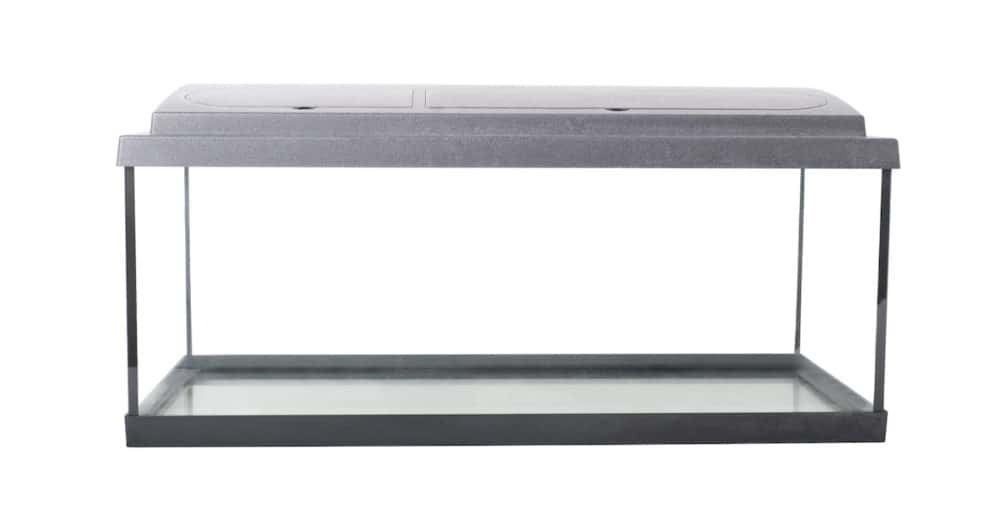
Introducing a bad apple to your barrel of fish might not be obvious. Sometimes indicators of disease or other problems are hidden or disguised. For instance, even healthy fish carry pathogens.
An individual fish might have an immune system capable of keeping outward signs of bacterial infection at bay. But it could take days, weeks, or more before neighboring fish demonstrate symptoms.
Another often forgotten reason for a quarantine tank is assimilation. Generally, a koi meeting another koi isn’t an issue. The same is true for a tank community dedicated to the same species.
However, it is possible to find a rebel who won't play nice. For example, suppose your new koi has been isolated and never introduced to a school of their own. In that case, it's good to test them with one other fish of the same size before ruining the harmony of a tank with many fish.
The quarantined fish tester technique is also handy for a pond or tank with multiple species, such as koi paired with goldfish. Goldfish and koi are similar in appearance and share the same distant ancestry, and they can live in the same pond or tank.
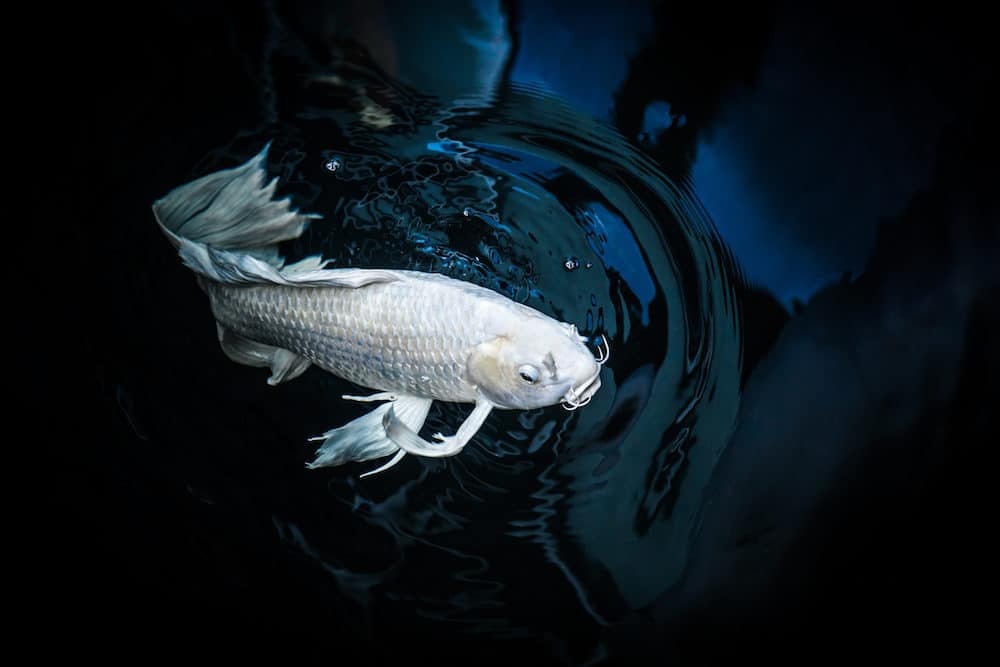
However, testing out the relationship can be a wise move. For example, experts often recommend that goldfish and koi share living quarters temporarily rather than permanently. Why? The average koi will grow more than the average goldfish, especially when given an appropriate environment to thrive.
When the koi grow larger than their neighbor goldfish, relations can get hostile. Your koi might be repeating the 'fish are friends not food' mantra while similar in size. But goldfish can quickly become snackable when the koi realize they're the bigger fish.
Along with other fish with carp ancestry, other exemplary tank mates include golden orfe, barbel fish, redear sunfish, suckermouth catfish, and tench fish.
However, it's best to check if your pond or tank conditions suit all species calling it home. They might match each other's temperaments and size, but double-checking other requirements is a must.
The basics of a quarantine tank are simple: you keep your new fish or sick fish separate from the main tank. Where it gets trickier is how long the separation should last.
The tank water temperature should always be appropriate for your quarantined fish. Koi fish prefer temperatures between 65 and 75-degrees Fahrenheit.
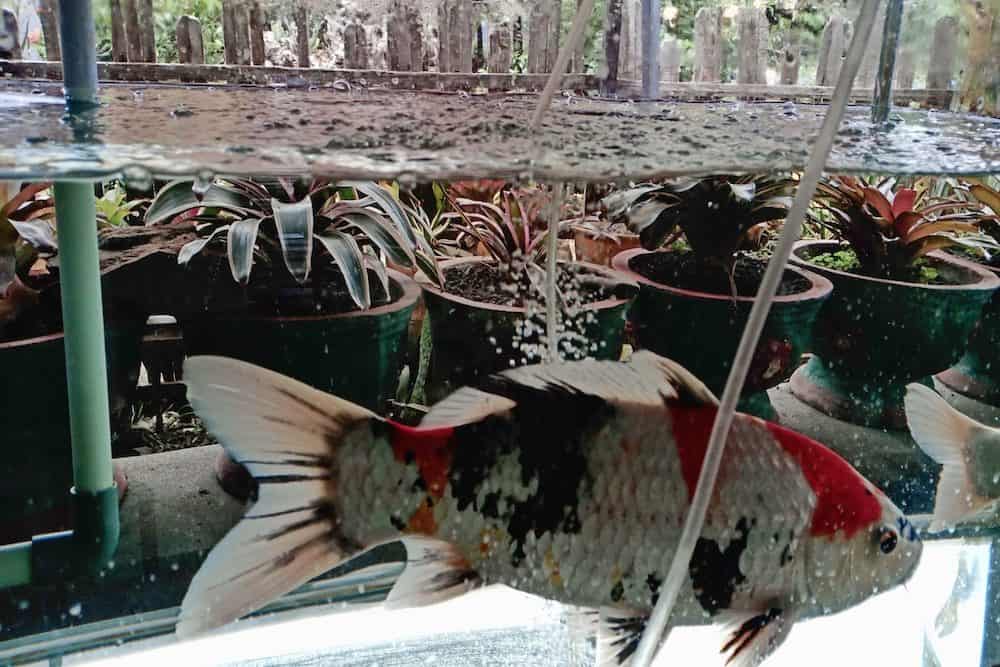
The good news is that your koi quarantine tank doesn't need to be fancy. Think of it as a hotel stay. It doesn't need to be as cozy as home, but it needs enough amenities to be livable. Also, it's not a stay at the Ritz, just a budget hotel.
Start with the general space guidelines. On average, koi experts recommend providing 50 gallons per adult koi fish. In addition, the depth should be a minimum of three feet. The total volume isn't necessary for younger koi fish, but it's still a wise investment.
If you need to quarantine a couple or more koi fish at a time, you would require a more spacious tank.
For the most part, the quarantine tank conditions should match the environment of their future permanent home. Inspect the water quality daily with a test kit.
When using a biofilter, remember that it needs a few weeks minimum for cycling. For koi hobbyists that run a quarantine tank year-long, they often have a biofilter ready. If your sick koi or new addition is unexpected, avoid using a new biofilter. One option is to keep two biofilters in your main tank, using the spare for emergencies.
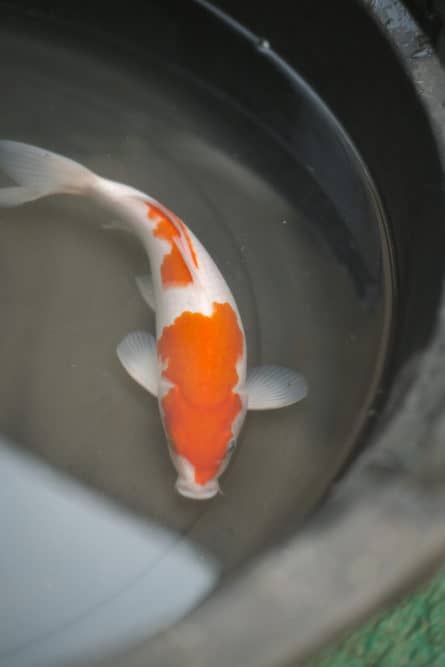
Adding iodized salt helps treat parasites and replenish the salt your koi naturally produce. Stick to the adage less is more, but also add it regularly.
It's best to be cautious about adding salt to your main tank or pond water and reduce salt as quarantine progresses. In the early days, the salt might increase comfort and speed up the process.
Keeping it simple doesn’t mean keeping it plain. If you enjoy decorating your tank or adding details to your pond, you can give some of that same love to your quarantined fish. However, the goal for quarantine tank decor should put the comfort and health of the fish above all else.
Of course, you've likely set up your regular pond with the same goal but take it a step further here. Avoid porous or textured decor, as pathogens can easily slip into and cling to any minute crevices.
Anything added should be sanitized beforehand. It's also wise to choose decor that you can easily clean afterward.
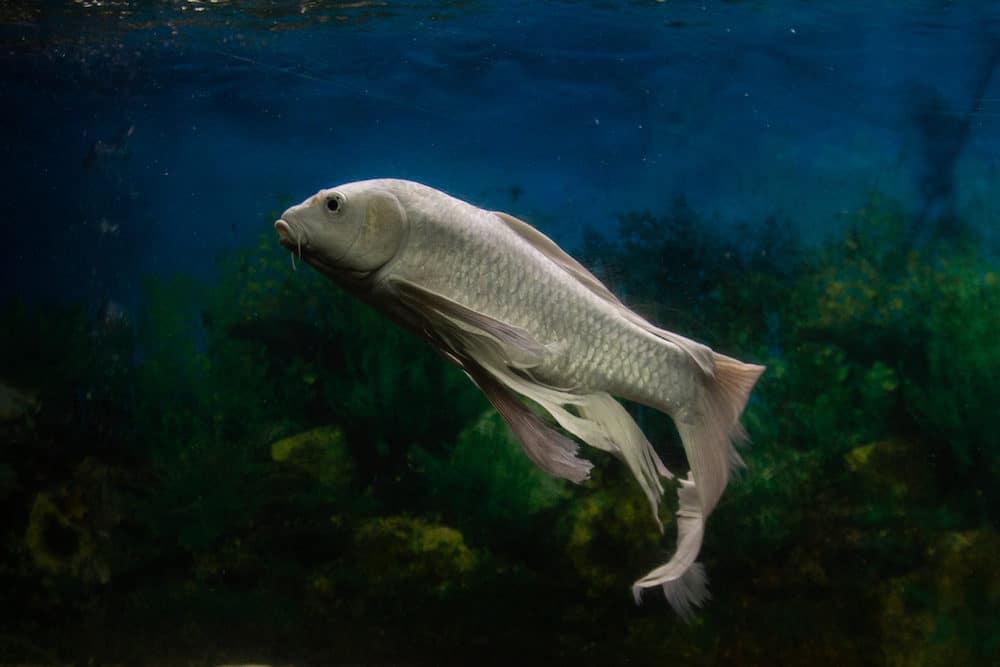
Choose artificial over real. We promise your quarantined fish won’t be jealous of the main tank team snuggling their real plant life.
Artificial is easier to clean. It also limits the factors that could be contributing to your koi's illness or symptoms. For example, plants can add beauty and oxygen to your koi environment, but too much oxygen can cause problems.
However, too much oxygen is rarer. So rather than removing plants from your main tank or pond, check on your filtration system.
Providing cover is essential for helping your fish feel safe. Whether that's artificial lily pads or a piece of PVC pipe, a place to hide and chill for a minute will do wonders for your koi. An extension of that is a net to prevent spooked fish from jumping.
It would be best to separate any decor, netting, siphons, materials, or tools used in the quarantine tank or on the quarantined fish from the main tank.
Additionally, you should sterilize all items before returning to use for main tank fish. If possible, have extras for quarantine-only equipment.
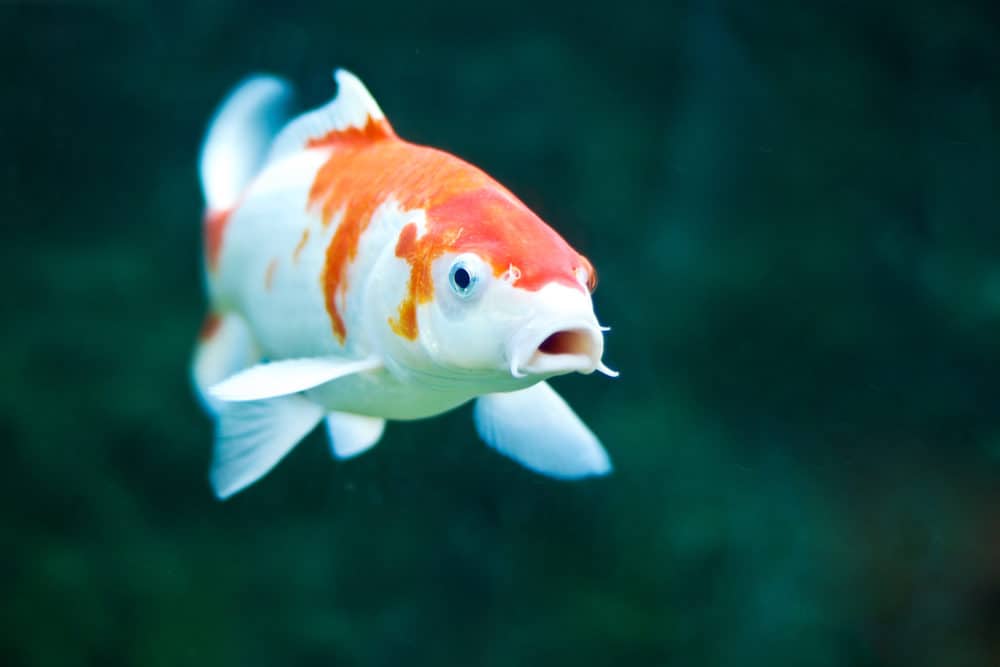
The general guidelines for introducing a new koi or sick fish require three weeks of isolation. However, that amount can change, depending on if your sick fish improves or if symptoms begin later in the quarantine.
Seasoned koi hobbyists likely already know the signs. But, for those new to pond life, it's best to err on the side of caution. Adding one or two koi from your main tank can help.
Then, if all goes well for a week of shared quarantine space, it's safe to return everyone to the main tank or pond.
After the sick fish crisis passes, your fish joins the koi pond or tank. Now, your quarantine tank is fishless. What should you do with the tank?
There are two schools of thought: empty the tank or leave it at the ready.
First, let's discuss option one. When not in use, you may empty your quarantine tank, sanitize the tank and any other equipment or decor used.
An indoor koi hobby might take up too much space, with zero room for an ongoing spare tank. If you don't need it regularly, keeping the quarantine tank in storage is a space-saver.
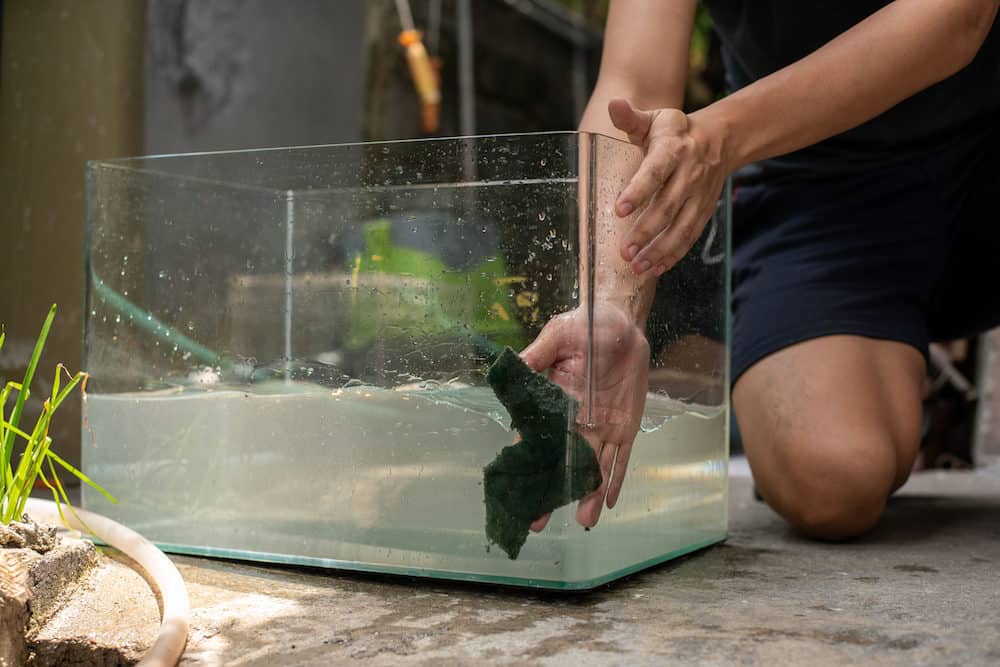
Now, let's consider keeping the quarantine tank active continuously. For fish hobbyists that frequently acquire new fish, it's wise to keep the spare tank at the ready. It can also be helpful if you're expecting to change your pond fish environment.
Suppose you have the space and equipment to maintain it. In that case, avid aquarium collectors might benefit from a year-long quarantine tank.
For either option, it's crucial to clean your tank in between visitors thoroughly. Emptying the tank allows for a more hands-on clean, such as scrubbing or bleaching.
You might also use biofilters, ammonia, or other tools. Regardless of how you sterilize your tank, establish a cleaning routine before and after use.
A koi quarantine tank can save your main tank or pond from disaster. Remember that size, temperature, tank conditions, and time are the fundamental factors of quarantine success.
If you need a koi quarantine tank, be sure to check out our koi providers directory. It will help you to find a koi tank near you - or you can order a quarantine tank online.
Although it's better to have it and never need it, save yourself a headache later. Good luck setting up your quarantine tank!



